A few runs into my Elden Ring Nightreign hands-on session, I finally realize what this oddball not-sequel really is. This bizarre chimera of an open-world action RPG, spliced with roguelike and battle royale genes. This is, essentially, a mod – an Elden Ring randomizer with the FromSoftware seal of quality. Here I am dropping into Limveld, a slice of alternate-universe Limgrave, via magic bird battle bus, latching onto the first meta weapon I can find in chests or on corpses, and preparing to fight randomly selected bosses while a fog wall herds me like a sheepdog. This is a mod.
In the best way possible, Elden Ring Nightreign feels like the kind of madcap experiment that players would normally have to cook up on their own because studios just wouldn’t make it. If you think that is anything short of fine praise, you need to adjust your outlook on mods. Mods are the lifeblood of countless games, and it is nothing but exciting to see FromSoftware tap into that same unhinged creativity after spending most of the past decade making the same type of game. That type of game’s DNA is obviously part of Elden Ring Nightreign, but this is something far stranger.
Prepare to fly
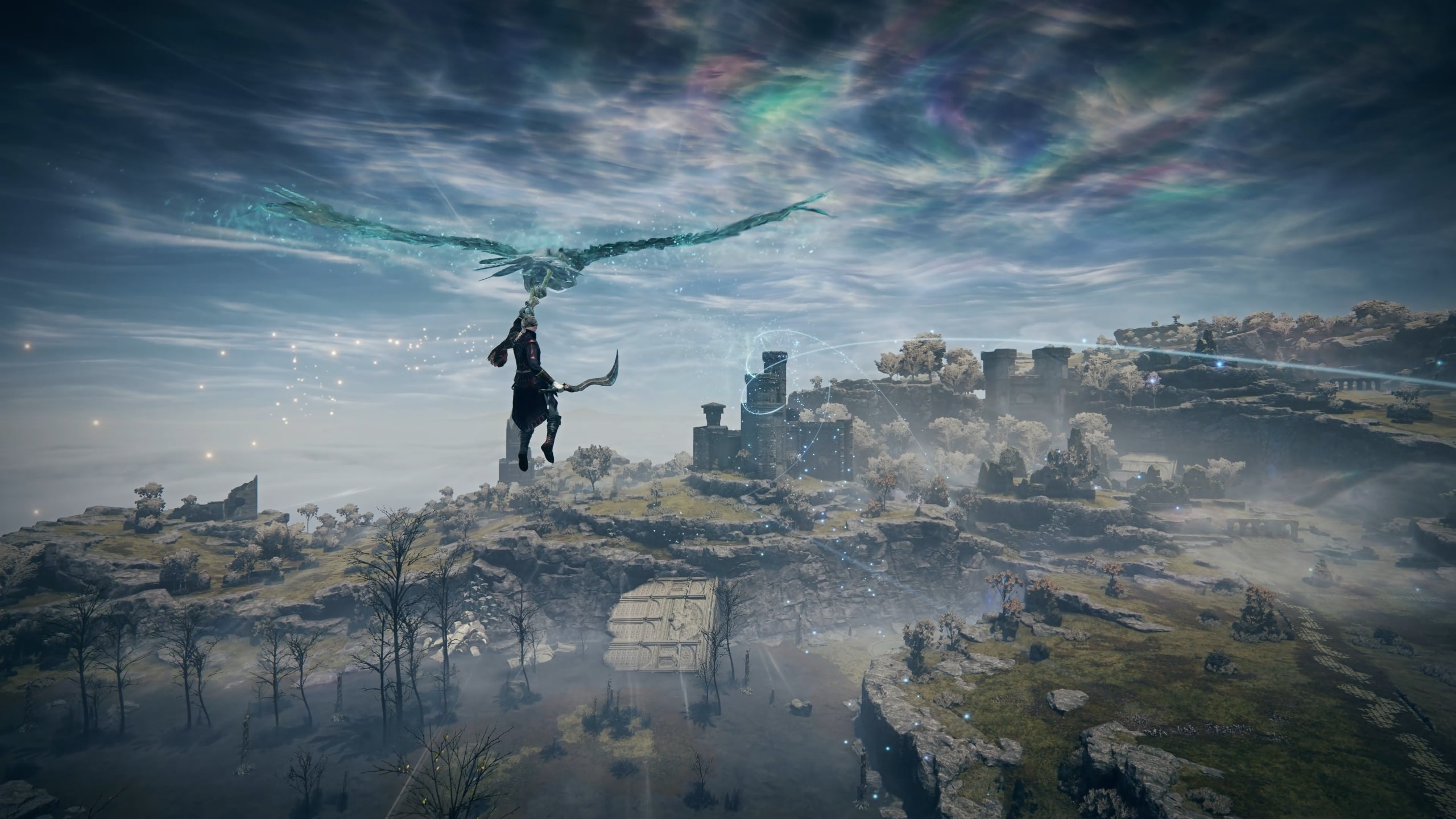
Immediately, Nightreign starts hacking off chunks of vanilla Elden Ring to suit its vision. You start by choosing the boss you’ll fight, almost Monster Hunter-style, on the third day of each 35 to 45-minute run. The preview build only had one main boss: an all-new cerberus-like wolf monster called Tricephalos. (Technical issues made reaching this boss impossible in our session, sadly.) You have two in-game days to get all the loot and levels you’ll need to fight it. Explore ruins and dungeons and mines during the day, fight a random boss at night. Kinetically it feels like playing Elden Ring with faster movement, which predictably feels good. But psychologically, it’s triage. You have to ask, what do I need right now?
My groups worked out a basic recipe for success. Drop into the map, kill a group of weak enemies to get enough Runes to hit level 2, grab any nearby loot, level up at a Site of Grace, and then head to the nearest point of interest using the fastest means of travel. We might hit a church to get an extra healing flask charge, an enemy camp for easy gear, or a bigger fortress or ruin if we’re feeling confident. If you find a stone key, you can open a Gael for a miniboss, like the Crucible Knight we killed many times, that drops tons of Runes but no gear. And we might get to these places by using the new extra-fast sprint, hitching a ride on cross-map spirit birds, leaping up cliffs using spiritstreams, or just by scaling cliffs marked with The Climbing Paint using the two strongest weapons in this game: your hand, and your other hand. There’s no fall damage, so jumping off a cliff without tasting your own kneecaps is also an option.
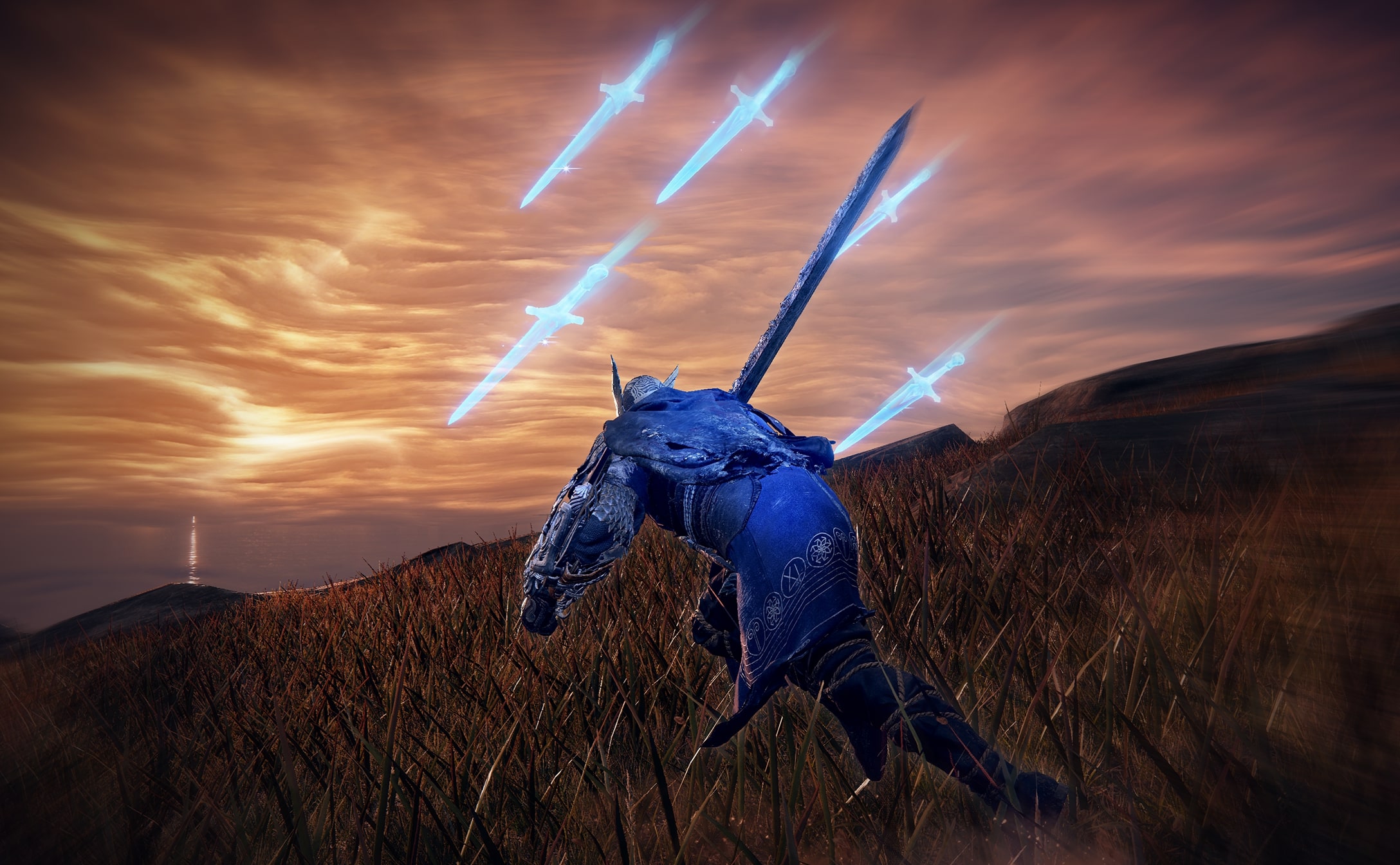
You can technically split up, but I wouldn’t recommend it. Elden Ring Nightreign is balanced for a group, with no single-player scaling whatsoever, and it shows. Enemies are plentiful, and even world bosses like Wormface or the Golden Hippo can shut you down if you’re under-leveled. Get downed alone and you’re guaranteed to die and lose a level on respawn. If you go down near allies, they can revive you by, hilariously enough, smacking your quivering body to out-DPS the death timer. Like my dad fixing the old TV by hitting it, I call it concussive therapy.
Whatever you do, leveling up is extremely important. It’s a blanket stat and health boost – you level up your character overall, not stat-by-stat like in Elden Ring – and it improves the healing flasks which are refilled at Sites of Grace. This was the first of many breakthroughs that made Elden Ring Nightreign much more fun. Level up immediately; the real game starts at level 2. I was usually level 11 or 12 by the end of day two. Spending Runes at merchants on gear or consumables felt like a total waste by comparison because leveling up is so powerful.
Build a better Tarnished
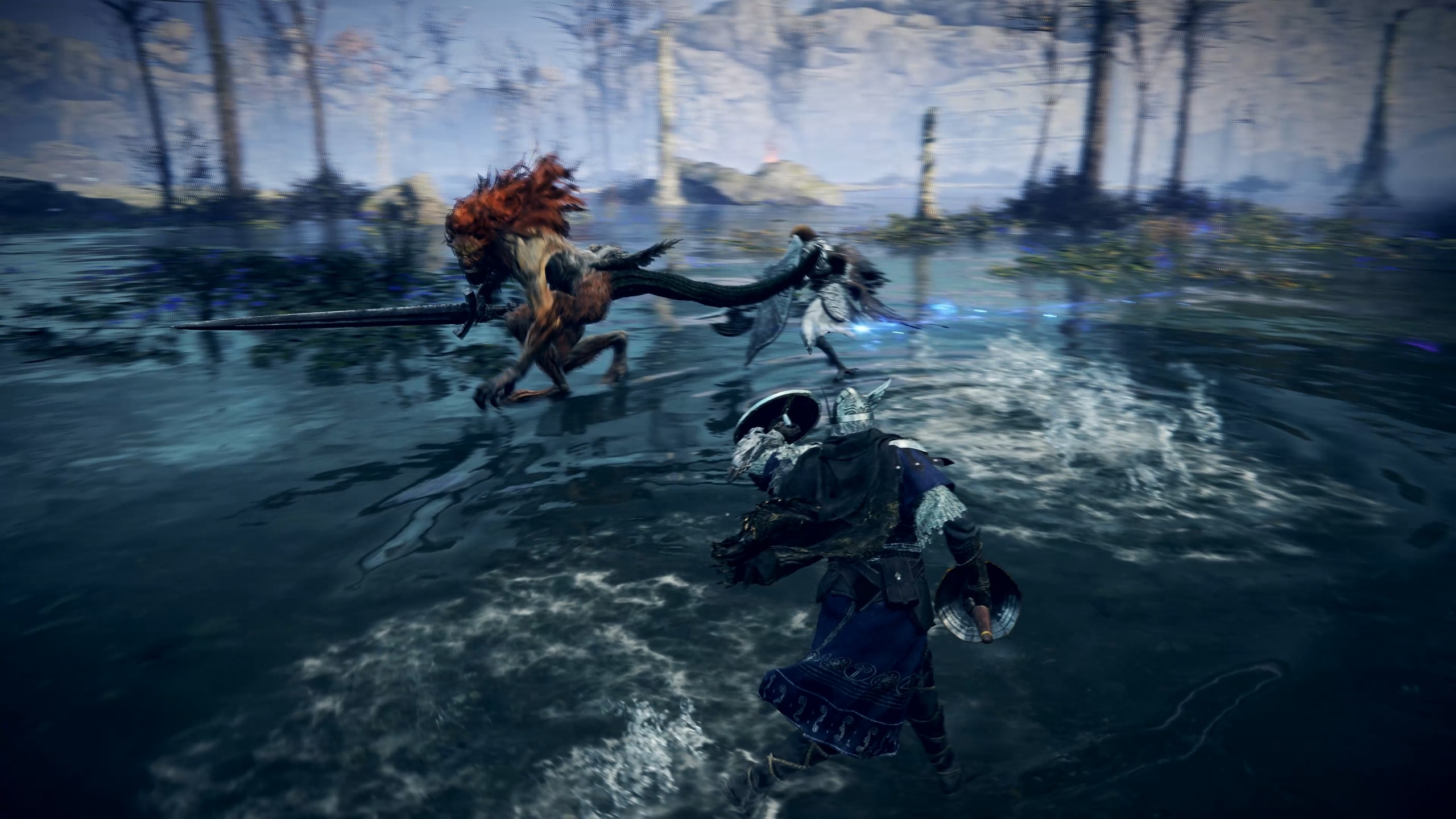
Before all this, you’ve got to pick a class, or Nightfarer – closer to heroes in Marvel Rivals than they are the starting classes of Elden Ring. I saw four of the eight Nightfarers that will be in the full game: Wylder, a well-balanced warrior; Guardian, a tanky bird-man; Duchess, a roguish noble; and Recluse, a lore-accurate sorceress with glass bones and paper skin. Each class has a passive bonus, an active skill with a short cooldown, and an ultimate ability with a long cooldown. Wylder was my favorite for flexibility and the Doom-like appeal of meat hooking enemies, but Duchess dodges like a Bloodborne character and has a high skill ceiling that I find appealing. Here’s the simple version of their abilities, all subject to change:
- Wylder: skill uses a crossbow to pull small enemies to you or to pull yourself toward large enemies. Ultimate is a chargeable explosive blast that hits hard and staggers harder.
- Guardian: skill sends enemies flying with a whirlwind. Ultimate is a dramatic leaping slam.
- Duchess: skill repeats any damage dealt to nearby enemies in the past two seconds or so. Ultimate makes you and nearby allies undetectable for about eight seconds even while attacking.
- Recluse: skill gathers elemental essence for a big hit. Ultimate applies a curse mark to nearby enemies that regenerates health and mana for all allies attacking them.
Any class can use any weapon, with no stat requirements or weight limits to worry about. This helps offset the fact that loot can be a crapshoot. Between claws and whips that nobody wants, Nightreign burps up the same billion consumables that cluttered Elden Ring’s inventory, and UX fiddliness means you basically have to loot many items twice. At least there’s no armor.
More importantly, weapons in Nightreign come with more than just attacks. Weapons have powerful passive bonuses which are active at all times, plus spells are directly attached to seals and staves, so you’ll equip and curate an arsenal of six weapons and shields at once. When you find something you like using, you can upgrade its stats and rarity using stones purchased from merchants or found in risky underground mines, provided you have the level to wield gear of that rarity (levels 3, 9, and 12 for rare, epic, and legendary gear).
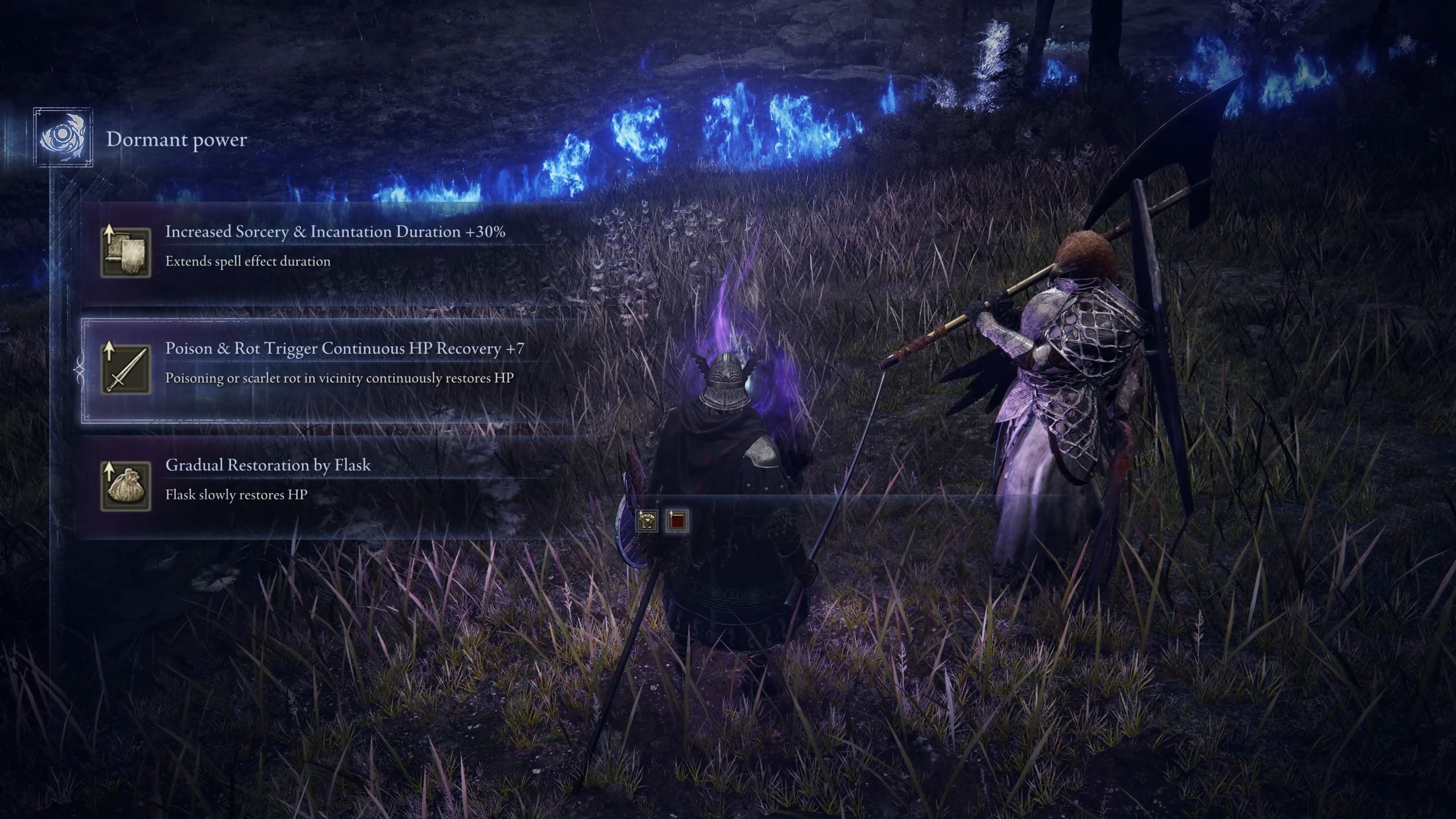
I was constantly rotating weapons I’d never actually use to tailor my passives and share with my teammates. (Some loot is open to all, some is instanced.) Many passives are genuine game-changers, and this is where a lot of the buildcrafting comes in. There are basic stat bonuses or boosts to dual-wielding or certain damage types, but also: dragon lightning or lava or spellswords may erupt out of you when you dodge or start running or simply exist. Now kills heal you, or attacks restore FP. The one-time bubble damage reduction effect from Elden Ring’s Physick flask is available on some junk weapons. I got some encouraging Risk of Rain 2 vibes here, a familiar compulsion to turn my character into a thaumaturgical hurricane.
Weapon passives complement character passives mostly acquired from special nodes dropped by bosses. You have to choose between three rewards, and I usually went for passives unless the weapons were sensational. In one run, I stacked so much physical damage resistance that even boss attacks hit like a leaf on the breeze. (I was smited by the 18th disconnect for my hubris.) In another, I was dual-wielding thrusting swords with a counterattack talisman plundered off a wandering beetle. There’s even a random insta-kill perk a la Fallout’s Bloody Mess.
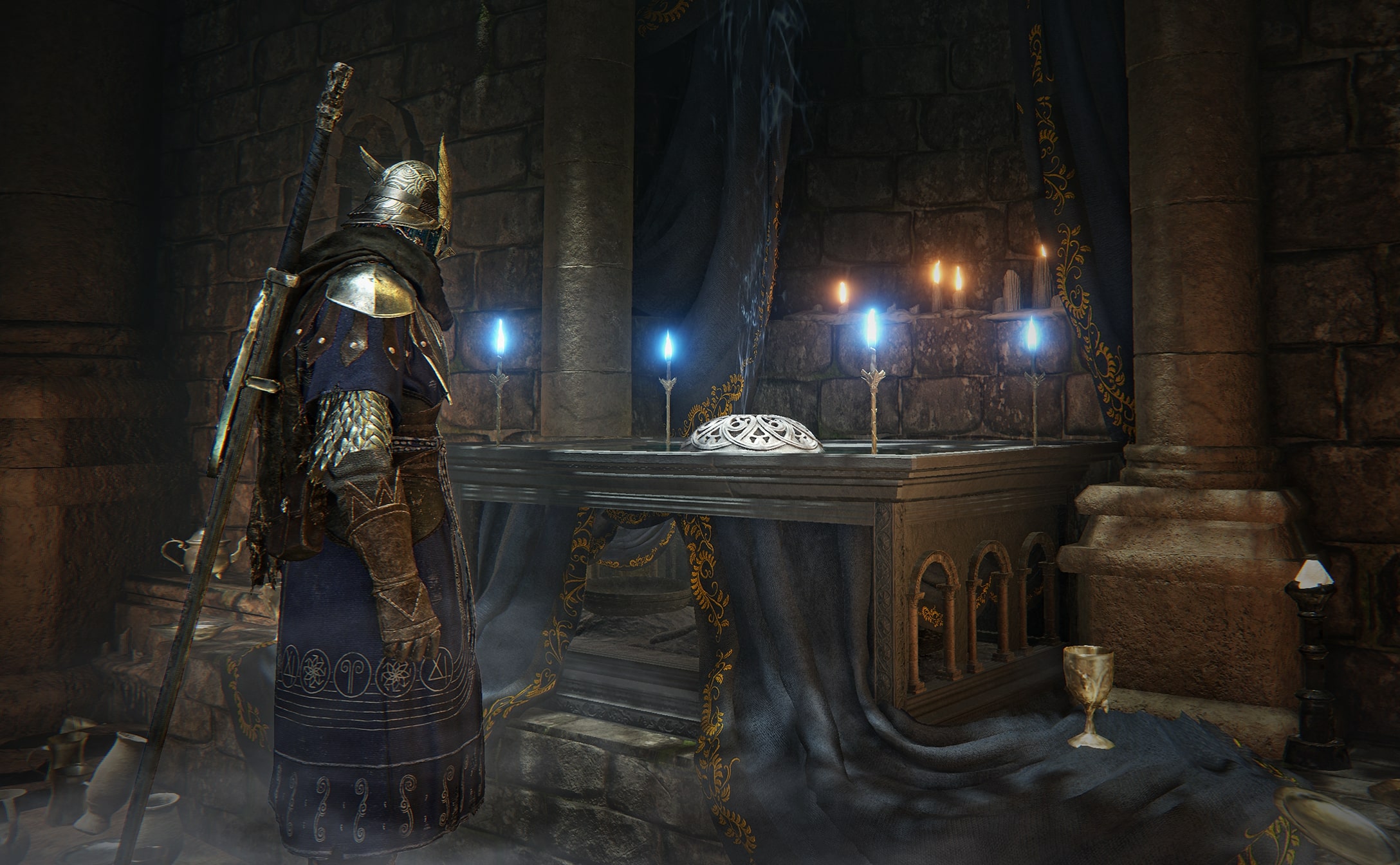
Strong builds can come together quickly. In another run, I found the fabled Star Fists with the Quickstep weapon skill attached, and even with bleed damage nerfed to account for boss health, these things shred. Death’s Poker continues to hit harder than a Monday you thought was Sunday, I’m pleased to report, as does a Giant-Crusher with the Determination skill. The Commander’s Standard attack buff is huge in a multiplayer setting like this, too. At first, Nightreign feels like playing Elden Ring with worse builds, but some real magic starts to happen on day two.
At launch, I’m hoping to see greater auxiliary progression. You can at least permanently upgrade your character with more passives from Relics obtained after each run, with stronger ones handed out for more boss kills. These are equipped back at the hub, right where you queue up sessions via matchmaking or by setting a lobby password in traditional Souls style. Relics are class- and color-coded so you can’t put everything on everyone, but there’s a fair bit of customization. Again, boring stat boosts are split with things like added Scarlet Rot buildup or augments for your core skill. Think of the Blood Gems in Bloodborne, and then think of the Chalice Dungeons in Bloodborne, too, because this game can feel like an open-zone version of those.
Big questions remain
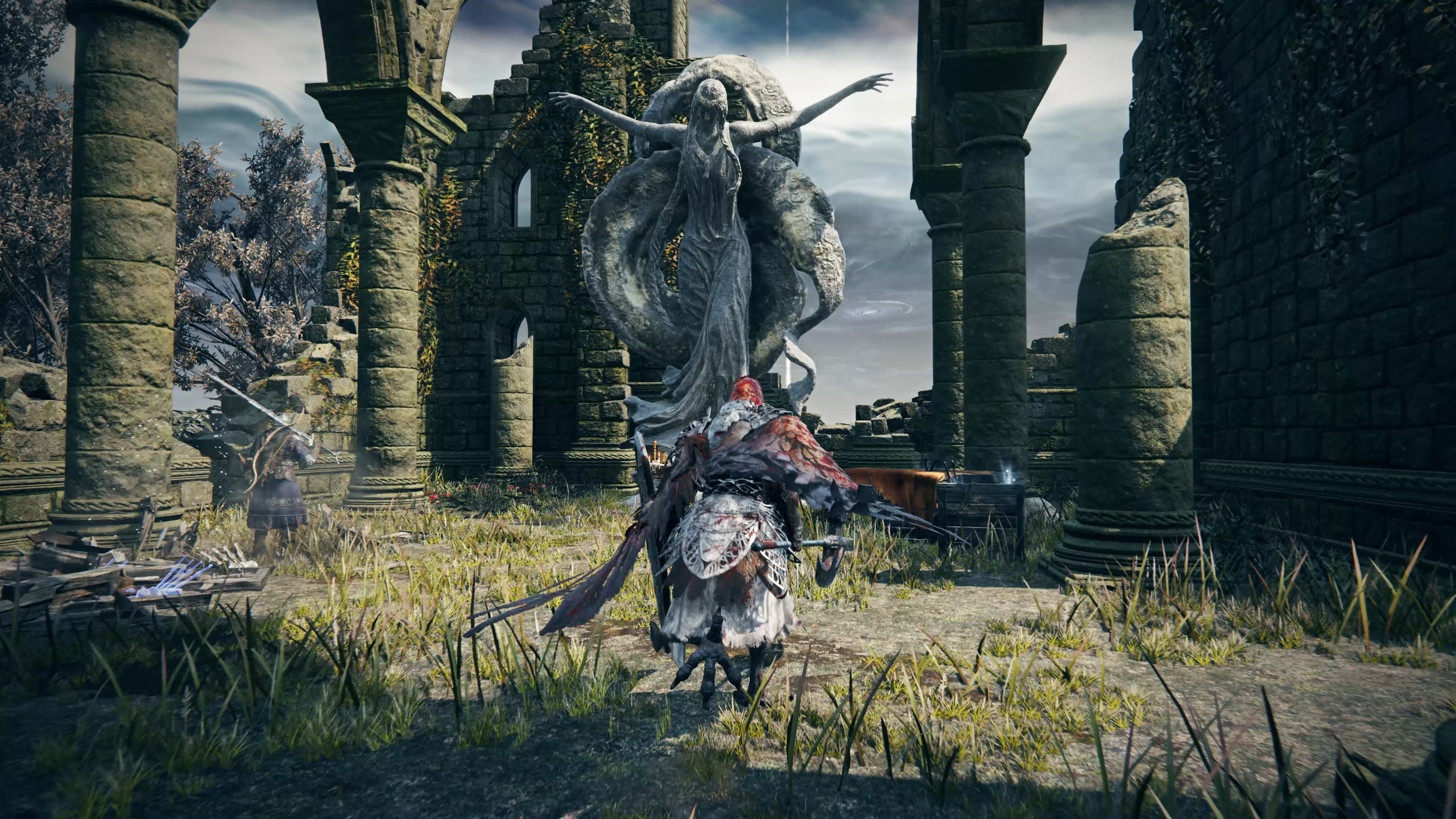
Part of the learning curve is knowing where to go, determining what areas are a waste of time, and predicting the next hotspot. It’s all very battle royale. If you fall behind the difficulty curve, you’ll struggle to catch up. Every session starts with you jumping off a cliff, and your goal is to build your wings before you hit the ground. There’s a breakneck thrill to this, but it does make it hard to stop and explore or check how the world may have changed since the last run. Rearranged the interior, did you, FromSoftware? Brilliant, but I see the ground approaching. Some magic is inevitably lost. Elden Ring pulls you deeper with the unknown; Nightreign pushes you along with its mechanics. But I think it can really work.
The thing is, the preview build was a static map, so there was no way to assess a key mechanic: map variance. Which is a shame, because this will be a major factor in long-term fun and replayability. This particular map layout got old quickly, but that seems to be a function of an extremely limited build. I need to see more maps and more encounter variety within those maps. If I have to kill a camp of three more flaming chariots without a break, I’m gonna lose it.
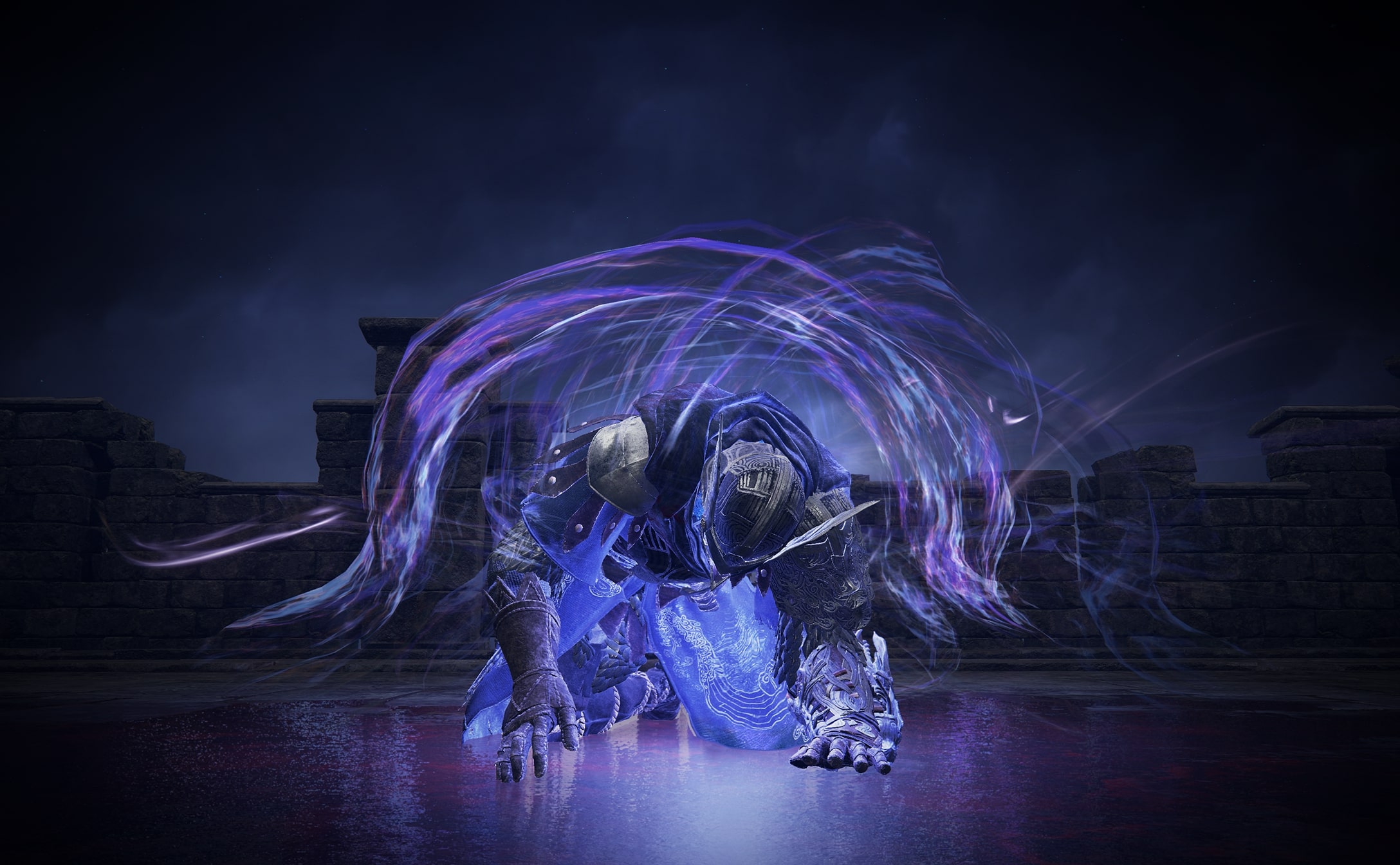
The same goes for the boss lineup. On day one, we faced the Dark Souls Centipede Demon (packing attacks I certainly don’t remember) and Elden Ring’s demi-humans. The day two boss was always a Draconic Tree Sentinel flanked by two weaker horsemen. Great! What else ya got? There’s no way to know right now, though I’m told many, many more bosses will be in the mix at launch. If nothing else, the sheer nonchalance of surprise bosses is a riot. In the open-world, Morgott can just show up on day two with a steel chair. Funnier still, there’s a random event that feels as though Hidetaka Miyazaki himself appears like a sadistic D&D dungeon master and shouts, “I cast ants!”
Elden Ring battle director Junya Ishizaki, now director of Nightreign, had a weird idea and got the green light. Weirdness in games is worth celebrating, especially at this level of production. And this build of Elden Ring Nightreign did, at least after about three and a half hours, feel like the foundation of a rich experience – a total conversion mod and a half. It’s a bit of a mess but it’s a fun mess, and the jank I ran into was due to event logistics which caused rampant, painful network crashes. (The public test and launch, representatives from publisher Bandai Namco repeatedly assured me, will be incomparably better. I sure hope so!) I was totally bewildered by Elden Ring Nightreign at first, but once I got my bearings the squishy roguelike cortex in my brain started firing on all synapses and I knew I was into it. This is a mod, and it’s a cool mod.
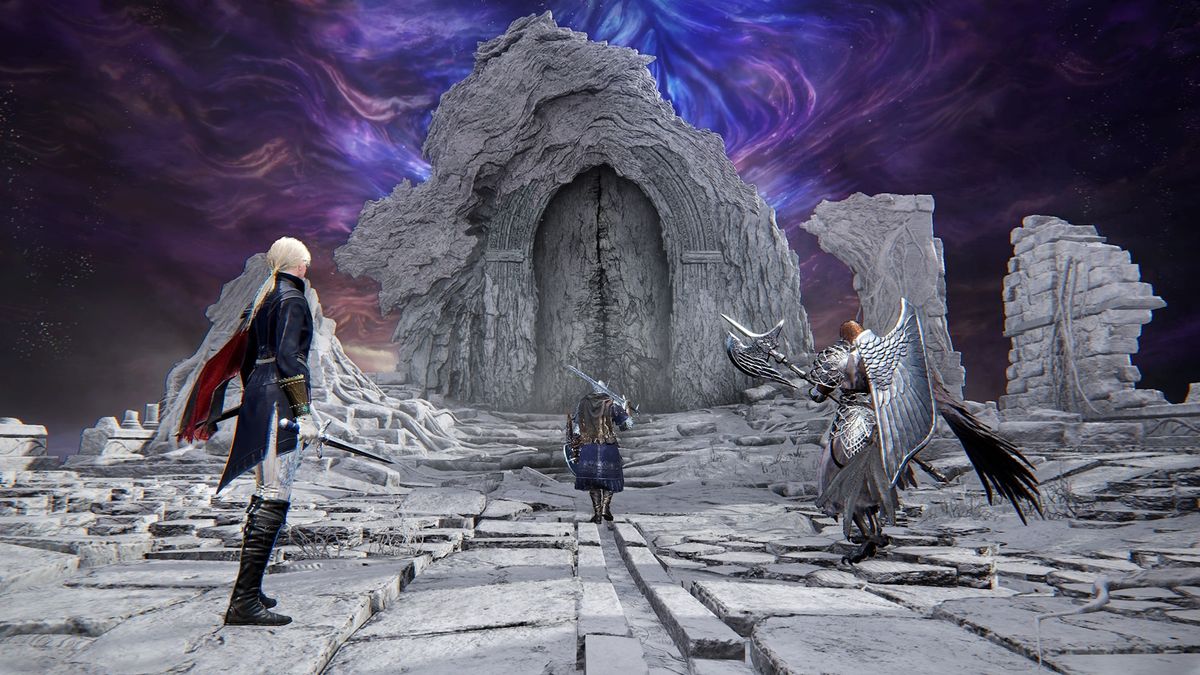











Leave a Reply